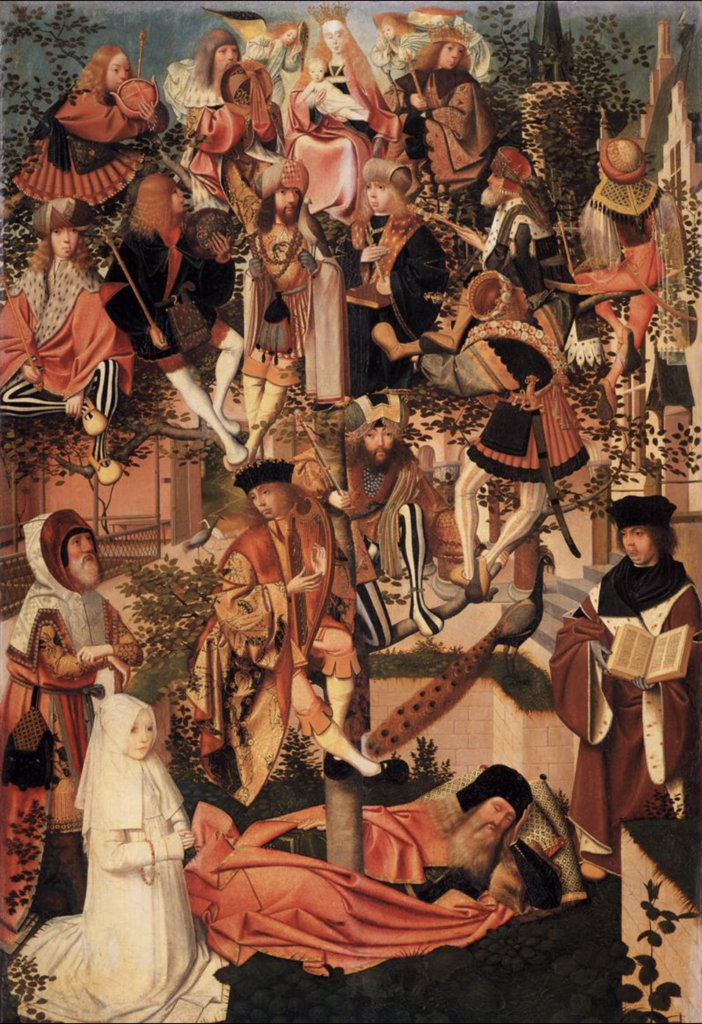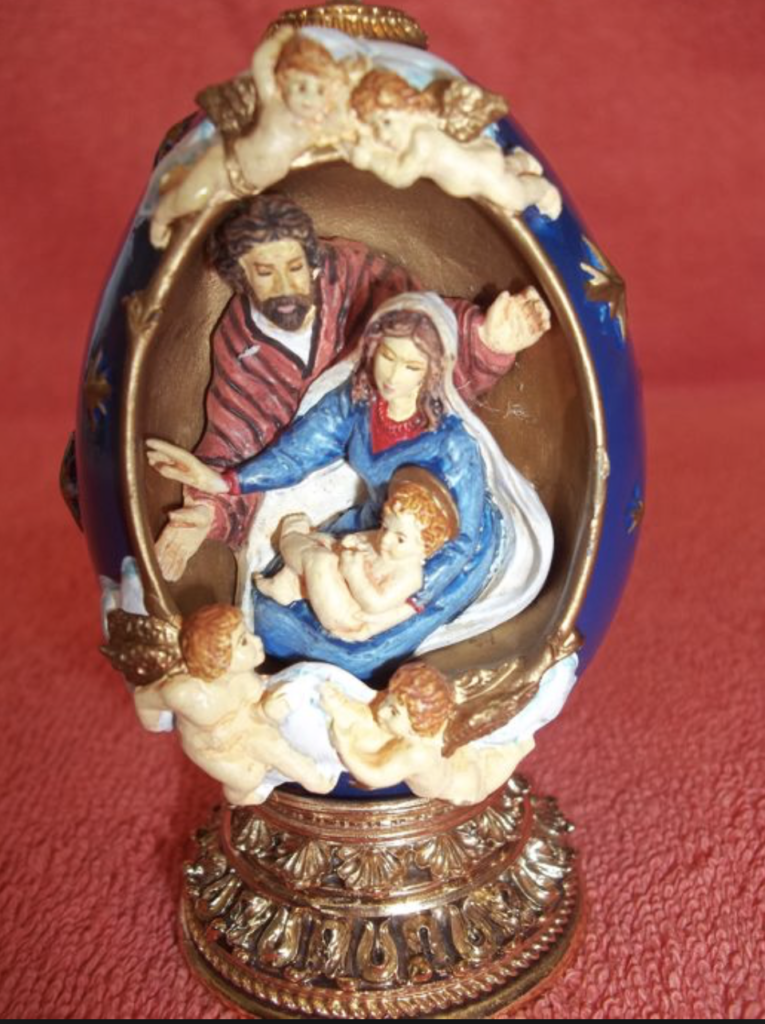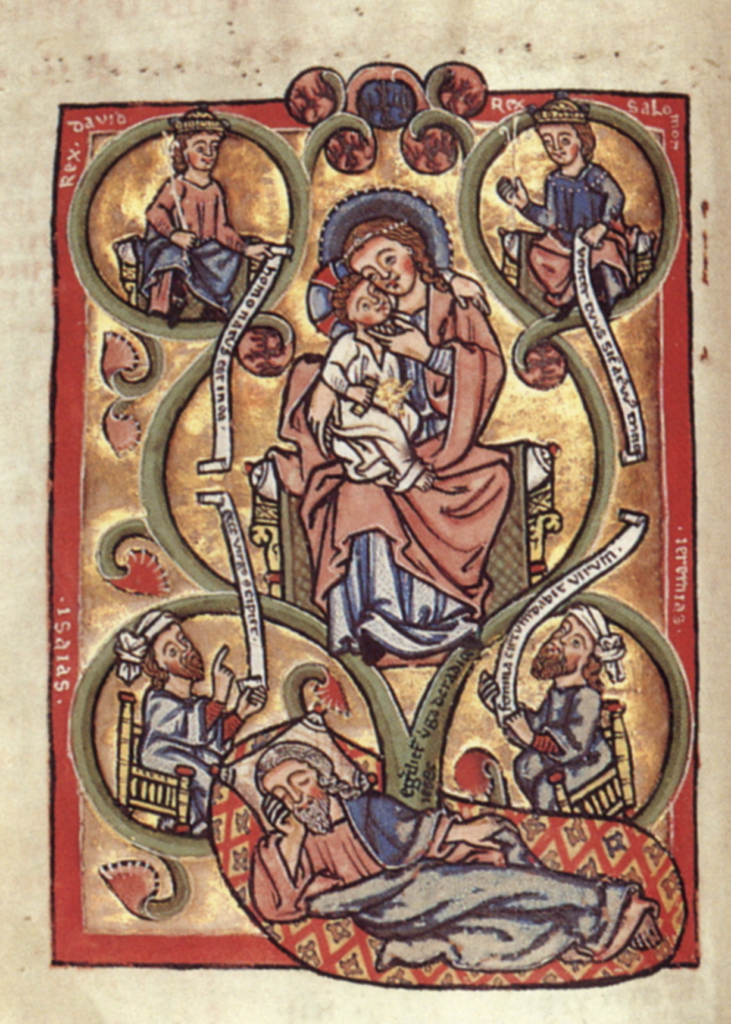
FERTILITY AND GENEALOGY
Fertility and Genealogy—Twelve Days of the Nativity- DAY 10
In this series of articles, titled “Twelve Days of the Nativity, ” We take a deeper look into the nativity and all of it’s beautiful symbols. The Twelve Days of Christmas take on a whole new meaning as we discover Jesus Christ and His Ministry!
As you read this article, ponder these two scenes in your mind, beginning with the announcement of the conception of John the Baptist in his mother Elizabeth’s womb, with the announcement of the conception of Jesus, in the womb of Mary. Now parallel this event, with the scene of Jesus’s baptism by John ( which is also a birth–being born again). During this scene at the river Jordan, a “change” of priesthoods occurs–from a lesser to a greater! The greater being after the “order of the son of God.” If you can grasp the two different orders AND the parallels of each story–you will grasp many more details in this article and series…

EGGS AS SYMBOLS
This evening my family and I returned from seeing a a Nativity Display, where nativities from all countries of they world were available for viewing. They all were unique in their own way and represented cultural peculiarities that were distinctive for each display. One of the most interestesting nativities on display was one in which the Virgin Mary and the Christ child were featured inside of a giant egg. The obvious symbol of the “egg” in ancient art and sculptures is one of fertility and rebirth. It is actually fairly common to find scenes of the nativity within a faberge eggs or even eggs carved from stone, or wood. Fertility and genealogy is a theme that is woven into biblical stories throughout the Old and New Testament.
FERTILITY HAS MORE TO DO WITH FAMILY
We find references to “fertility” through out Old and New Testament literature. In the Old Testament, there is story after story after story of “barren” women who “conceive” sons and their bloodlines become part of the lineage of the future Christ. Whereas in the New Testament, we are understood to be “the seed” of Abraham by “adoption” as we are “born again” through repentance and faith. So, the old testament describes literal “bloodline” sons who hold a priesthood, but the Apostles Paul receives adoption as a “son” through the spirit? Are you confused? If you are, great! Let me add a little more to the confusion.
LITERAL OR SPIRITUAL
We also find in Matthew Chapter 1, the literal genealogical bloodline of Christ, declaring Christ as a direct descendant of David (Jesus is often called a son of David in scripture) with his father Joseph’s genealogy descending directly from King David in the Bible. Then, right below these passages we find the story of the Nativity, describing the pregnant Mary as a virgin, and Joseph NOT being the literal father of Jesus. Jesus descends from Joseph, Joseph descends from Abraham, but Joseph is not Jesus’s literal father. Are you really confused now? Don’t be.
BLOOD AND WATER (SPIRITUAL WATER THAT IS)
The more we dig, the more we discover what most of us already know. Families are bonded by bloodlines and spiritual ties. A bonded family isn’t bonded by blood alone—its those spiritual ties that unite us, and families that are bonded by blood alone are easily divided at the first instance of a “family feud.” The family of Christ is promised a “spiritual bond” that can not be broken. (I hope you will take the time read Article Day number 7 in this series, Titled, “The Sign of the Virgin.” Reading it in combination with this article will give you greater clarity to spiritual and temporal bloodlines and their purpose in scripture).
PURPOSEFUL CONTRADICTIONS
As for all the supposed “contradictions” found in Matthew Chapter 1–don’t fret. I believe all these things are purposeful—to cause us to ponder “true” bonds. Is it about genealogy? Is it about bloodline? Is it a spiritual adoption? Was Jesus the son of God or the literal son of the carpenter Joseph? The “truth” is found in the paradox—confusion causes us to ask questions. The writers of the Gospels were familiar with symbolism and paradoxes found in the Old Testament. It’s purposeful for the reader to seek out answers—it causes us to pray and ask God directly. And as I have pondered this paradox, I have discovered a greater understanding of priesthood–and the transition that occurs, as recorded in the New Testament gospel!
WE ARE NOT SEPARATE
The truth is—when it comes to family—does it matter if it’s literal or spiritual? Before I answer that question, you’re going to have to think like a Hebrew. In Hebrew thought–it doesn’t matter if it’s literal or spiritual. I’m the teacher. I’m teaching you with opposites. I’m making a point. Find my point, and you’ll find the answer. So what is my point? It’s LOVE!
Who can separate us from our families? The Apostle Paul says it best, “ For I am persuaded, that neither death, nor life, nor powers, nor things present, nor things to come, Nor height, nor depth, nor any other creature, shall be able to separate us from the love of God, which is in Christ Jesus our Lord.” Do we love God? How do we show that love? That love is reflected in the “bonds” we create—do we have a bond with our family? Do we have a bond with God?
IMPERFECTLY PERFECT
Families are imperfect. There are lots of excuses we could make to “separate” ourselves from our families—believe me, I know, I’ve made them. But we can always turn to “Him” and use the mercy He gives us so that we can declare mercy to others and vice versa. Have you ever read the Old Testament? Are you familiar with the story of Joseph of Egypt where his own brothers sold him into slavery. After suffering many afflictions, Joseph becomes a man of Egyptian nobility as well as a man of God—and when those same brothers that sold him into slavery come searching for food during a famine, it is Joseph that becomes their “redeemer.” Joseph declares mercy. Why? Because the Lord declared mercy on him. “And his mercy is on them that fear him from generation to generation.”(Luke 1:50) When the time comes for us to heal family wounds, will we declare mercy? Will we, as it says in Luke Chapter 1, will we “perform the mercy promised to our fathers, and to remember his holy covenant.” (Luke 1:72). These passages of scripture in the first chapter of Luke immediately follow Luke’s introduction of the nativity. Do you see the parallel of Luke Chapter 1 to Matthew Chapter 1? One is literal, one is spiritual—both are about family bonds, both are for God’s purposes. Both cause us to ask questions, and both encourage us to declare mercy.
ADOPTED INTO THE FAMILY OF GOD
God is good! He doesn’t discriminate. The souls that make up His family remind me of this scripture in Galatians, “There is neither Jew nor Greek, there is neither bond nor free, there is neither male nor female; for ye are all one in Christ Jesus. And if ye be Christ’s, then are ye Abrahams’s seed, and heirs according to the promise. (Galatians 3:28-29). If we are Jesus Christ’s “seed” then we are also Abraham’s—and Abraham was a son of God. We are heirs of the same promise.

THE VIRGIN AND HER CHILD AT THE CENTER OF A TREE
In Mormonism, there is a passage of scripture that refers the Virgin Mary and her infant child at the center of the tree of life. I love the symbol of the tree of life, and I have pondered the meaning of those passages of scripture over and over. While preparing for this article in particular, I came across a piece of art, nearly 1000 years old (see above), depicting the Virgin Mary and her child at the center a tree—this tree is a symbol of the lineage of God–in this tree IS God’s Love! It’s a tree that connects both past and present generations–a tree that doesn’t separate families by bloodline OR by spiritual adoption.
This beautiful symbol, found in several artistic works, is referred to as the Jesse Tree. And its message is woven throughout the pages of the scriptures! It is an “artistic” expression of the meaning behind this particular passage found in the book of Isaiah, “And there shall come forth a rod out of the stem of Jesse, and a Branch shall grow out of his roots.” (Isaiah 11:1). The Lord wishes to gather his family into one!
GOD’S LOVE
So how do we gather the family of God? There is a quote by Mother Teresa that sums up my feelings regarding the scriptures and its teachings on genealogy, fertility, and the birth of the Savior found within the symbols of the nativity. Mother Teresa said, “If you want to change the world, go home and love your family.”
Do you think on that beautiful day, when Mary held the newborn infant child in her arms that she knew God’s love for His family? I think a mother’s love is reflective of His love. A mother’s love is unconditional–it provides a bridge to cross the deepest waters! It provides safety and comfort to a crying babe! It is the love he has for us all! He will gather us–now go home, and love your family!
